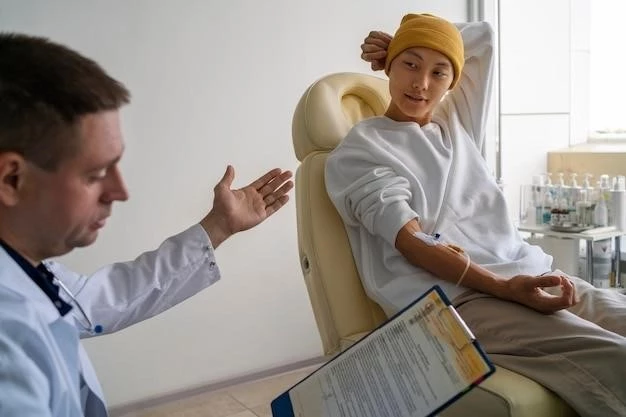Symptoms of Branchio-oto-renal syndrome
Recognizing common symptoms like hearing loss, ear abnormalities, and kidney issues is crucial for prompt diagnosis and treatment.
Common symptoms of BOR syndrome
Common symptoms of Branchio-oto-renal syndrome include hearing loss, branchial cleft cysts, ear anomalies, kidney malformations, and urinary tract issues. Individuals may experience recurrent ear infections, hearing difficulties, and abnormalities in the outer, middle, or inner ear. Kidney abnormalities may lead to high blood pressure, proteinuria, or urinary tract infections. Recognizing these signs can aid in early intervention and comprehensive management.
Causes of BOR syndrome
Understanding the genetic mutations responsible for BOR syndrome can aid in early diagnosis and personalized treatment plans.
Genetic mutations
Branchio-oto-renal (BOR) syndrome is typically caused by mutations in the EYA1 or SIX1 genes, affecting the development of ears, branchial arches, and kidneys. Understanding these genetic alterations is crucial for accurate diagnosis, genetic counseling, and potentially targeted treatments. Genetic testing and counseling can provide valuable insights for individuals and families affected by BOR syndrome, guiding them in making informed decisions regarding medical interventions and future planning.
Treatment options for BOR syndrome
Seeking individualized treatment plans from healthcare professionals specializing in BOR syndrome can improve outcomes and quality of life.
Individualized treatment plans
Individuals with Branchio-oto-renal (BOR) syndrome benefit from personalized treatment approaches tailored to their specific symptoms and needs. These plans may encompass a multidisciplinary team including otolaryngologists, nephrologists, and genetic counselors to address hearing loss, ear anomalies, and kidney abnormalities. Treatment options may include hearing aids, surgery for branchial cleft cysts, and management of renal issues. Regular monitoring and follow-up evaluations are essential to track progress and adjust interventions as necessary. Collaboration with healthcare providers can optimize outcomes and enhance the overall well-being of individuals with BOR syndrome.
Diagnosis of Branchio-oto-renal syndrome
Early diagnosis through genetic testing and imaging studies is key to managing BOR syndrome effectively and preventing complications.
Diagnostic procedures
Diagnostic procedures for Branchio-oto-renal (BOR) syndrome may involve genetic testing to identify mutations in the EYA1 or SIX1 genes, as well as imaging studies such as MRI or CT scans to assess ear, branchial, and kidney anomalies. Audiological assessments can help detect hearing loss, while renal function tests can evaluate kidney health. Collaboration between various specialists is crucial for a comprehensive evaluation and accurate diagnosis. Timely and thorough diagnostic procedures play a vital role in providing appropriate care and support for individuals with BOR syndrome.
Prognosis for individuals with BOR syndrome
Prognosis varies widely depending on the severity of symptoms and early intervention, highlighting the importance of proactive management.
Varied outcomes
The prognosis for individuals with Branchio-oto-renal (BOR) syndrome is diverse, ranging from mild to severe depending on the extent of organ involvement and promptness of treatment. While some may manage well with hearing aids and periodic monitoring, others may require surgical interventions for ear or kidney issues. Early detection and a collaborative medical team can positively impact long-term outcomes. It’s essential for individuals and families to work closely with healthcare providers to address symptoms promptly and improve the overall prognosis for those with BOR syndrome.

Genetics of BOR syndrome
Understanding the genetic basis of BOR syndrome can guide targeted treatments and genetic counseling for affected individuals and families.
Understanding the genetic basis
Branchio-oto-renal (BOR) syndrome is primarily caused by mutations in the EYA1 and SIX1 genes٫ impacting ear٫ branchial arch٫ and kidney development. These genetic abnormalities underlie the hallmark features of the syndrome٫ including hearing loss and renal anomalies. Genetic counseling and testing can provide insights into the inheritance pattern٫ recurrence risks٫ and personalized management strategies. By delving into the genetic basis of BOR syndrome٫ healthcare professionals can tailor interventions to address specific symptoms and improve the overall quality of life for affected individuals.
Research advancements in BOR syndrome
Stay informed about ongoing studies and developments contributing to improved diagnosis and treatment approaches for BOR syndrome.
Ongoing studies and developments
Current research on Branchio-oto-renal (BOR) syndrome focuses on identifying new genetic mutations, improving diagnostic tools, and exploring novel treatment modalities. Clinical trials are underway to assess the efficacy of potential therapies for managing hearing loss, ear abnormalities, and kidney malformations associated with BOR syndrome. Keeping abreast of these advancements can offer hope for enhanced outcomes and quality of life for individuals with BOR syndrome. Participation in research initiatives and staying connected with healthcare providers can contribute to the progress in understanding and addressing this complex condition.
Support groups for patients with Branchio-oto-renal syndrome
Access community resources and networks to connect with others facing similar challenges and receive valuable support and guidance.
Community resources and networks
Community resources and networks provide invaluable support for individuals and families affected by Branchio-oto-renal (BOR) syndrome. Online forums, local support groups, and advocacy organizations offer a platform to share experiences, exchange information, and access emotional assistance. These networks can also facilitate connections with healthcare professionals specializing in BOR syndrome and help navigate the complexities of managing the condition. By engaging with community resources and networks, individuals can find solidarity, empowerment, and a sense of belonging in their journey with BOR syndrome.
